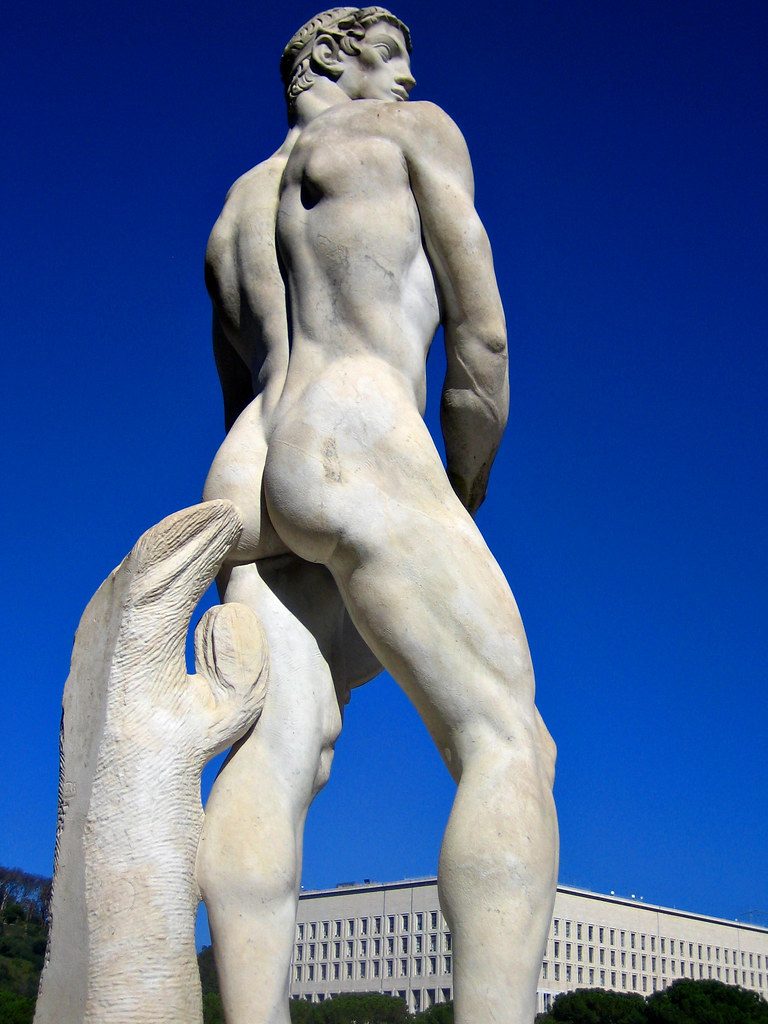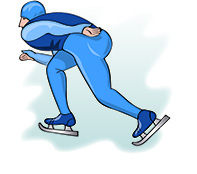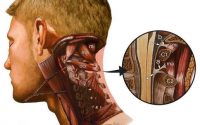Why do Humans Have Big Butts?
Just in and Jonathan from the Human Institute provides a fun and useful fact on our Gluteus Maximus. https://www.youtube.com/watch?v=4bGNm5jqwLg&t=480s

They made learning anatomy fun and showed using a dissection on cadaver tissues that make up our big butts.
Dr. Joe Muscolino says that the gluteus maximus might be one of the most appreciated and under-appreciated muscles in the human body.
So why is gluteus maximus so large in humans compared to other animals (relative to the body size)? This is related to how we walk and how we move.
Gluteus maximus attaches to the ilium, sacrum and then down on the femur, with some of the fibres even go into the IT Band. Gluteus maximus mobilise the hip joint in flexion and extension.
As the guys said “the gluteus maximus is always buzzing — activated — to keep us in this upright extended position.”
Compared to the cute little dog or other quadrupeds, they’re flexed so their gluteus maximus doesn’t have to engage all day long just to hold them in an upright position.
Dr. Joe Muscolino further explains that so much more can be said about this muscle. Following are a few interesting aspects of this wonderful muscle.
1. The gluteus maximus crosses the hip joint posteriorly with largely a vertical orientation to its line of pull, so it is an extensor of the thigh at the hip joint, just like the hamstrings. But unlike the hamstrings, the gluteus maximus does not tend to engage with hip extension when walking unless greater force is needed, such as when walking uphill or upstairs, or walking on an unstable surface like sand, or running, or speedskating.
2. Every extensor of the thigh at the hip joint is (closed-chain) a posterior tilter of the pelvis at the hip joint. Posterior tilt of the pelvis is so important to standing bipedally…
3. All the fibres of the gluteus maximus do the lateral (external) rotation of the thigh at the hip joint, so when you combine lateral rotation with extension, the gluteus maximus is sometimes called the “speedskater’s muscle”.

Figure (c) Dr. Joe Muscolino, Know The Body, Elsevier, 2012, Used with permission)
4. The upper (1/3 of the) fibres of the gluteus maximus cross above the hip joint, but the lower (2/3 of the) fibers cross below the hip joint. So the upper gluteus maximus is an abductor of the hip joint but the lower gluteus maximus is an adductor of the hip joint.
5. Although we often think of the gluteus maximus as weak (“inhibited” with “lower crossed syndrome”), there are some deep superior fibers directly lateral to the PSIS, that run from the sacrum to the PSIS, that are often the site of a myofascial trigger point when there is sacroiliac pain and/or dysfunction.

